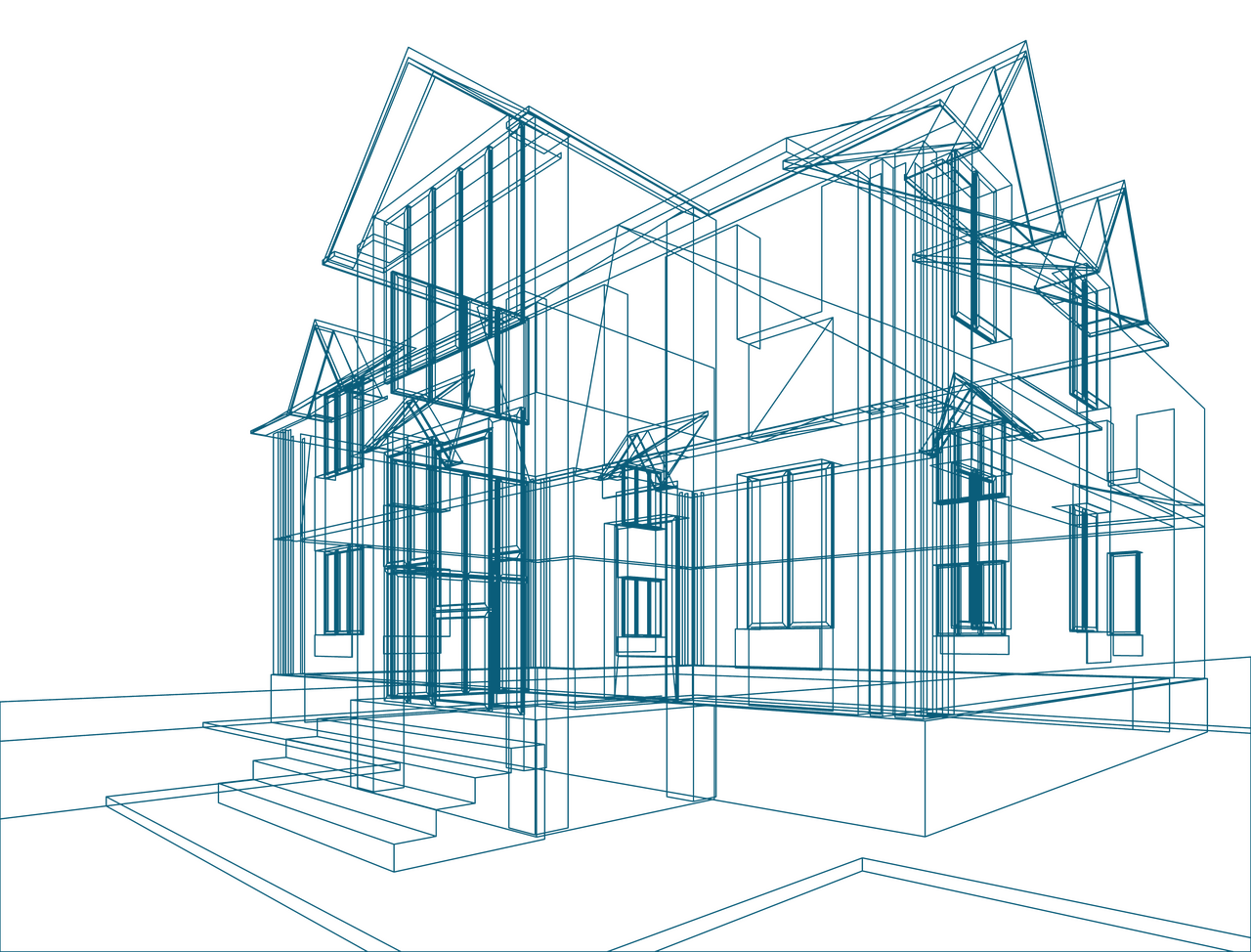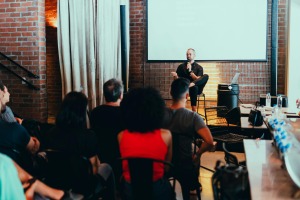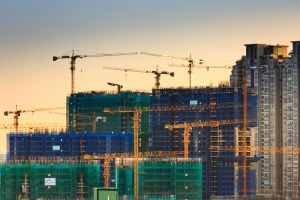


case study

European Architectural Barometer
There is a reason why I would like to start with the labour shortage. Labour shortage, both qualitative and quantitative, is a major problem (or opportunity) for the construction industry in Europe...
Blogs I gepubliceerd 15 November 2023 I Dirk Hoogenboom
TOP 5 Trends that are shaping the future of construction industry
For many years now, USP Marketing Consultancy (a dedicated market research agency for the construction and installation sectors) have been following the key trends in the construction industry.
Today, I would like to share the top 5 trends we think will change the industry. By “change,” we mean a gradual and slow evolution. In the quite conservative construction industry, changes don’t occur overnight.
Labour shortage: an underestimated problem that is here to stay
There is a reason why I would like to start with the labour shortage. Labour shortage, both qualitative and quantitative, is a major problem (or opportunity) for the construction industry in Europe. I sometimes feel that the severity of the problem, and its implications for the broader industry, are often underestimated. Granted, the intensity of the problem is very country depended.
A labour shortage is already hampering markets in countries like the Netherlands and Germany, but in Italy and Spain, the problems are far less severe.
For example, in the Netherlands, 64% of all architects state that a labour shortage is hindering the execution of projects. In Italy, this is only 24%. The same can be said when looking at general builders; 64% in the Netherlands state that labour shortage is a serious issue, compares to 18% of Italian general builders.
Generally speaking, the hourly productivity levels in the construction industry didn’t increase as strongly as they did in other industries. Furthermore, the construction industry has a low appeal to the younger generation and is faced with a high outflow of highly experienced older workers.
With this high outflow of experienced older workers and a limited inflow of younger, inexperienced workers, the industry is faced with both quantitative and qualitative labour shortages, which, in my opinion, will not be resolved any time soon.
Labour shortage will impact the industry as the demand is still relatively high, we are facing enormous challenges with making the existing building stock more sustainable (and thus creating even more work), and buildings and installations are getting more complicated, and direct solutions (increasing the overall number of people working in the construction industry) are hard to achieve in the short term.
Not everything is negatively tough, as labour shortage will also create opportunities for those who are able to provide prefab solutions, knowledge, and products/services that increase productivity levels.
Prefab: prefab will still grow in importance, but the full potential is still not unlocked
As a natural consequence of the labour shortages (but that’s not the only driver), the construction process needs to become more efficient, and prefabrication is one way of doing this. In the European construction market, prefabrication solutions have been used for many years.
If we look at the current usage of prefab solutions (panelized systems, panelized systems with finishing, and 3D prefab/volumetrics), it’s already at a high level. There are, however, significant country differences. For example, Dutch architects report that 60% of all of their projects contain some form of prefab. In all other countries, the percentage of projects containing some form of prefab is significantly lower (on average around 30%).
Also from a contractor’s perspective, prefab is most often applied in the Netherlands. In 71% of all projects, some form of prefab was applied, according to Dutch contractors (mid to large size). It’s also on a high level in Belgium, Germany, Poland and Italy (close to 50%).
So why is prefab not already solving the labour shortage problem? Well, most of the prefab applied is ‘simpler forms’ like panelized systems. On a European level, prefabricated plain unfinished elements (24%) and prefabricated plain finished elements (16%) are applied far more than volumetrics (3%). Furthermore, in many cases, its off-site production still relies on qualified construction workers. Also, the on-site usage of prefab still is relying too much on qualified staff. If we look at prefab production in a production line way (just like Henry Ford used to revolutionize the automotive industry) the volumes are very low. This segment is growing, but slowly.
Looking at the future, both architects and contractors alike foresee strong growth for prefab. However, it will mostly be the simpler forms of prefab. In order for prefab to really solve the labour shortage issues and increase productivity levels, the prefab industry will need to make use of lower-skilled workers in an assembly line way of working. Until this happens, prefab will still grow in importance, but its full potential will not be unlocked.
Digitalization and BIM: The adoption rate is increasing, but mostly only amongst architects
For many decades, the design process in the construction industry remained heavily reliant on paper. New digital ways of designing increased the quality of the designs and opened up the way for more complicated designs. CAT software changed the industry, but this change was relatively slow and didn’t tap into the huge potential digitalization of the construction industry could offer.
With the development of BIM (building information modelling), much more is possible. Even in more complicated designs, more parties can be involved, and the design process can be coupled with costs, planning, and many other elements. And last but not least, failure costs (which are relatively high in the construction industry) can be significantly reduced.
So where do we stand at the moment in terms of BIM adoption in Europe?
Well, like with all things in the construction industry, the development was slow at first. In 2019, only 10% of all European architects were BIM users. This grew slowly over time to 15% in 2011 and 19% in 2013. The adoption rate has been increasing, as in 2021 the percentage of European architects using BIM increased to 44%. In the future, European architects think that the percentage of BIM users will increase to 61% in 2025.
There are, however, significant country differences. In the Netherlands, almost 80% of all architects are BIM users. It’s the lowest in Italy, with only 22% of all Italian architects using BIM.
When it comes to BIM adoption among target groups further down the business value chain, it’s significantly lower. For example, amongst European contractors, the BIM adoption rate is only 42% in the Netherlands, 21% in the UK and below 6% in all other countries (2021 data). Amongst HVAC installers the percentage of BIM users is even lower, only 9% of all European HVAC installers are BIM users. So it’s clear that architects are driving BIM adoption, and we can already say that BIM usage is fairly common. Contractors follow this trend, as they are forced to work with BIM more often, but the adoption is still slow. Further down the business value chain, BIM usage is still in its infancy.
Looking towards the future, we expect BIM usage to continue to grow, especially as the software gets more intuitive, the cost of working in BIM drops, and the pressure to work in BIM continues to grow.

Lees verder

Verse inzichten staan klaar
Onze relevante rapporten
Bekijk onze meest recente marktrapportages voor de bouw-, installatie- en doe-het-zelfmarkt, gebaseerd op solide kwantitatief onderzoek.
Bouw
Doe-het-zelf
Installatie
Speciale rapporten
















